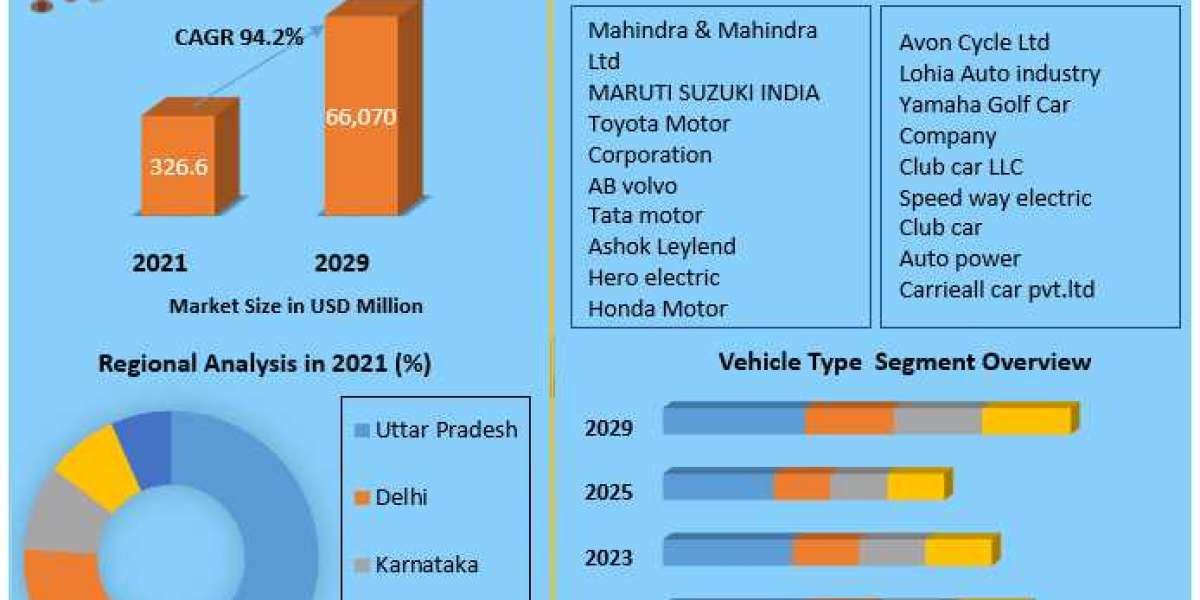BHP Group (ASX:BHP) has witnessed a notable 6.2% increase in its stock price over the past month. This surge prompts an exploration into the company's financial indicators, particularly its Return on Equity (ROE), to decipher its potential influence on the recent price movement.
Analyzing Return on Equity (ROE)
ROE is a crucial metric for shareholders as it assesses how effectively their capital is being reinvested by the company. Calculated by dividing net profit by shareholders' equity, ROE provides insights into a company's profitability in relation to its equity capital.
For BHP Group, the ROE stands at 20% based on its trailing twelve months to December 2023. This implies that for every $1 worth of shareholders' equity, the company generated $0.20 in profit.
Relationship Between ROE and Earnings Growth
ROE serves as a gauge for a company's future earnings potential. Firms with a high ROE and profit retention typically exhibit higher growth rates compared to those without these attributes.
While BHP Group boasts a commendable ROE, its net income growth of 13% over the past five years is overshadowed by the industry's growth of 21%. This suggests room for improvement in aligning earnings growth with ROE.
Utilization of Retained Earnings
BHP Group's three-year median payout ratio of 94% indicates that it retains only 5.6% of profits for reinvestment. Despite this, the company has achieved decent earnings growth, supported by a long history of dividend payments.
Looking ahead, BHP Group aims to lower its payout ratio to 59% over the next three years. However, this adjustment is not expected to significantly impact the company's ROE.
Conclusion
BHP Group demonstrates positive attributes with its respectable earnings growth and high ROE. However, its limited reinvestment of profits raises questions about future growth prospects. Investors should monitor the company's efforts to balance dividend payouts with reinvestment to ensure sustainable long-term growth.








